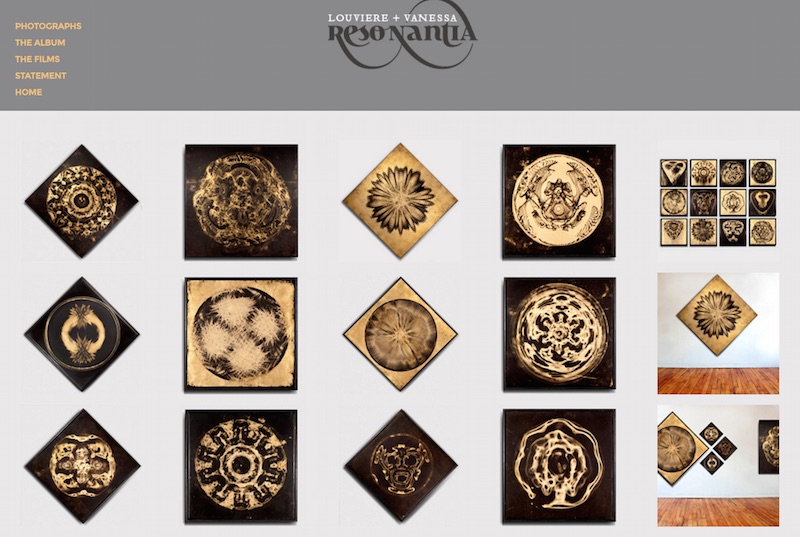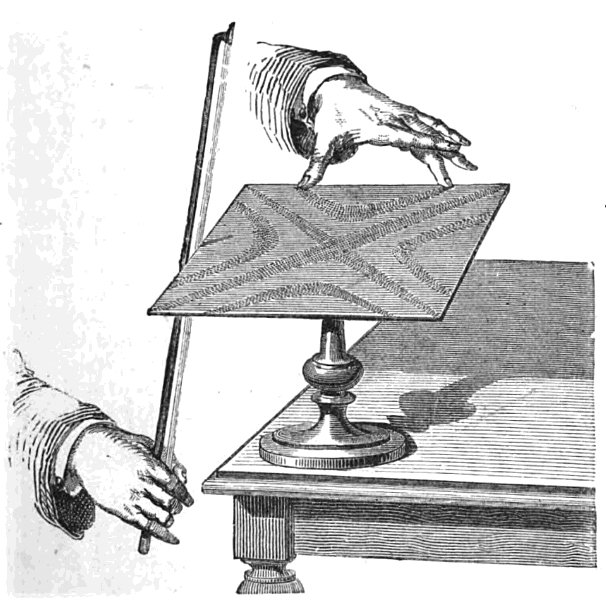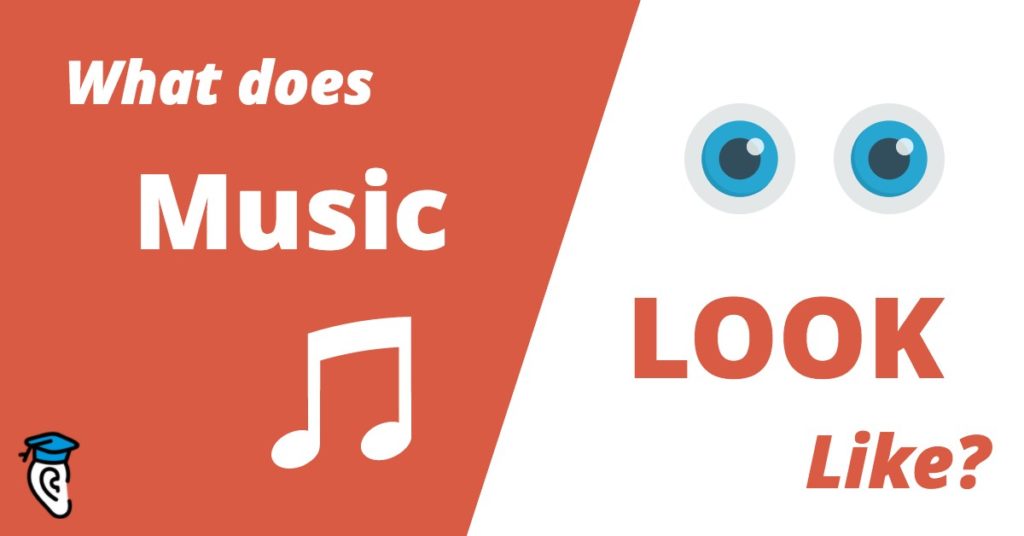We all know what music sounds like, but have you ever thought about what music looks like? From ancient Africa to modern-day artists around the world, the idea that vibrations naturally create specific patterns has captured imaginations. As science advances, it has become easier to record these images, making available to all a visible record of the portraits of notes.
G looks like a devil, C# is the tree in the Garden of Eden, and F is something like the underbelly of a frog.
Heather Sparks in Nautilus
The team here recently became interested in this concept of the visualization of music when we came across this article from Nautilus featuring the work of artists Jeff Louviere and Vanessa Brown. They created Resonantia (“Echo”) – an art project based on the interaction of sight and sound.

Sight and Sound: a Brief History
The concept of the visualization of sound is not new. In fact, it dates back thousands of years to a time when African peoples put grains on the skin of drums. As they beat the drums, the grains gathered into patterns and images. They used those patterns to predict the future.
Around 1630, Italian scientist and Renaissance man Galileo Galilei and English philosopher Robert Hooke were already observing that sound vibrations caused dust or sand to progressively accumulate in points that correspond to certain vibrations creating nodal patterns. Nodes and anti-nodes are the points that receive the least and most amount of displacement respectively due to sound vibrations. Therefore regions of maximum and minimum displacement were visible as patterns.
It was not until 1787, however, that this scientific discovery was first systematically recorded by German musician and physicist Ernst Chladni in his book Entdeckungen über die Theorie des Klanges (Discoveries on the Theory of Sound).

Cymatics
In later years the merging of sight and sound was actually given a name: Cymatics. The term was first used by Swiss physician and scientist Hans Jenny (1904-1972) and comes from Greek word “κῦμα”, meaning “wave”. He published two volumes entitled Kymatic (1967 and 1972) based on his experiments with particles and fluids placed on a metal plate connected to an oscillator, a device that produces periodic electronic currents. Jenny noted that the geometric patterns that formed were not random – but ordered – and that these motifs recurred elsewhere in nature.
The subject of cymatics is now found quite frequently at the crossroads of art, music and science. Icelandic musician Bjork projected cymatic images of the bassline as visuals during her recent “Biophilia” tour. The concept of cymatics can also clearly be seen in Jack White’s video for “High Ball Stepper”:
Adjunct professor of music technology and Music Experience Design Lab founder Ethan Hein recently applied the idea of cymatics to Hip Hop music, in an effort to show that there is a distinct melodic line in rap. He created graphics of the pitch contours with the program Melodyne so that the melody can be clearly seen.
So if music can be seen does that mean that images can be heard? “Resonantia” creators Jeff Louviere and Vanessa Brown believe so!
“Everything you see is sound. Everything you hear is photography.”
They were intrigued by Jenny’s experiments with electronic sound waves on water. Louviere created an apparatus with a computer, a frequency generator, an amp and a guitar tuner connected to a plastic container filled with black-dyed water. Each of the twelve notes of the scale was then captured by Brown with her camera as images appeared in the water. They didn’t stop there, though! Once the twelve “portraits” were captured, they used a program called Photosounder (which assigns sounds to images) to reverse the process. Louviere mixed the final sounds together in a “soundscape” of all twelve notes.
If you want to hear what photographs sound like, have a listen here.
Diabolus in musica
The Devil’s Tritone—or the diminished fifth—has an ominous quality to it. If you listen to it, you get the sense that you are about to be strangled by a toy clown.
Although religious institutions never “officially” banned the flatted fifth, composers were strongly discouraged from employing it because of strict musical guidelines in place at the time designed to make music pleasing to the ear.
Perhaps their philosophy was based on a basic understanding of resonance. Notes that resonate well together tend to make harmonies that are pleasing because their frequencies are in proportion to one another. For example, the proportions of frequencies of the perfect fourth interval are a nice, clean 4:3. The flatted fifths’ frequency proportions are 45:32. Since frequencies create images, then could it be that an image of the flatted fifth may give the note “G” a run for its money in terms of Satanic imagery?
“F is clearly a knight riding a sleigh, drawn by psychedelic fish”
So does G really look like the Devil? It’s all in the details of course – and your imagination!
When we shared the Nautilus article on our Facebook page one reader had this to say: “F is clearly a knight riding a sleigh, drawn by psychedelic fish”. Huh, it kind of does! Who knew?
What do you see when you hear music? What do you hear when you see notes? As more and more scientists and artists delve into the relationship between sight and sound, it becomes increasingly clear that the two are not mutually exclusive. What other wondrous patterns will we someday discover in nature?







